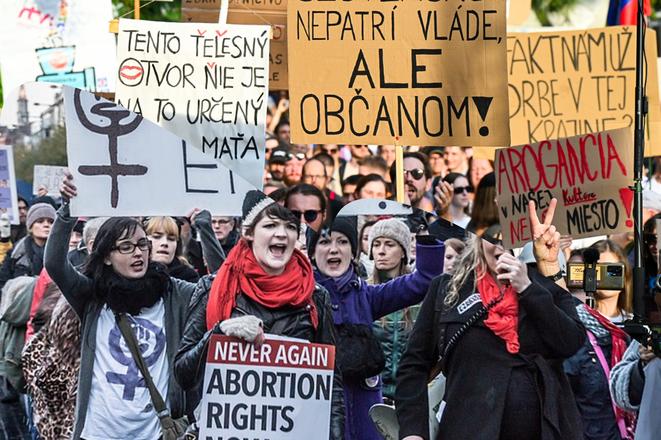Few countries in the world have experienced the effectiveness of peaceful mass demonstration as Slovakia has. In November 1989, while countries behind the Iron Curtain began to rip apart at the seams, the upheaval in communist Czechoslovakia was so peaceful that it earned the moniker “The Gentle Revolution” in Slovak, and is known to English speakers as the Velvet Revolution. By contrast, the Romanian Revolution of December 1989 left around 1,000 dead in a single month. Czechoslovakia, which was peacefully dissolved in 1993, got off lightly.
The act of protest is foundational to both Slovakia and Czechia. It could be said that it is part of the founding myth of these two nations. Much like the founding myth of my own home country, the Republic of Ireland—notionally born in the 1916 Easter Rising—where groups of armed militias took over several buildings in Dublin and held out for days against the superior arms and soldiers of the British Empire—democratic Czechoslovakia was notionally born of an act of non-violent mass protest. The streets and squares of the country were flooded with citizens of all generations loudly proclaiming their desire for change, famously jingling their keys in their hands. Three short years later, the independent state of Slovakia was born. In this way, we can say Ireland was founded with firearms, Slovakia with keys.



 Protesters take to the streets of Dublin in response to the death of an Indian woman who was refused an abortion./Protesters in Bratislava demand the culture minister's resignation. (source: Wikimedia/TASR)
Protesters take to the streets of Dublin in response to the death of an Indian woman who was refused an abortion./Protesters in Bratislava demand the culture minister's resignation. (source: Wikimedia/TASR)